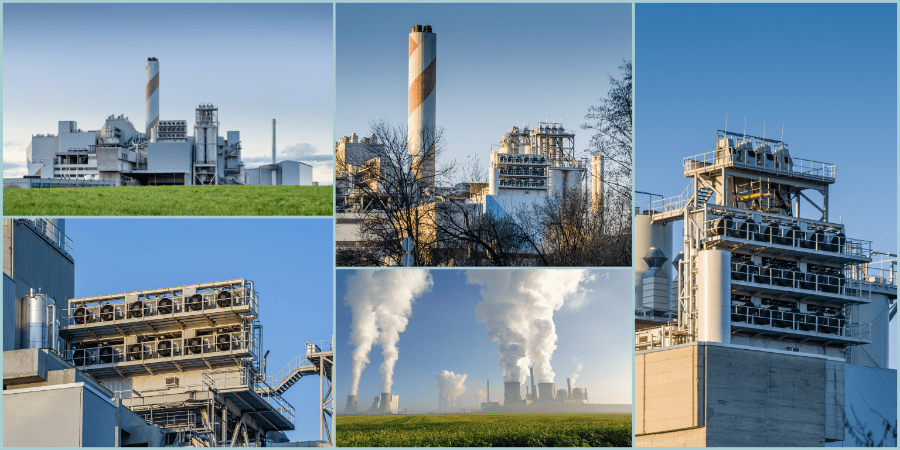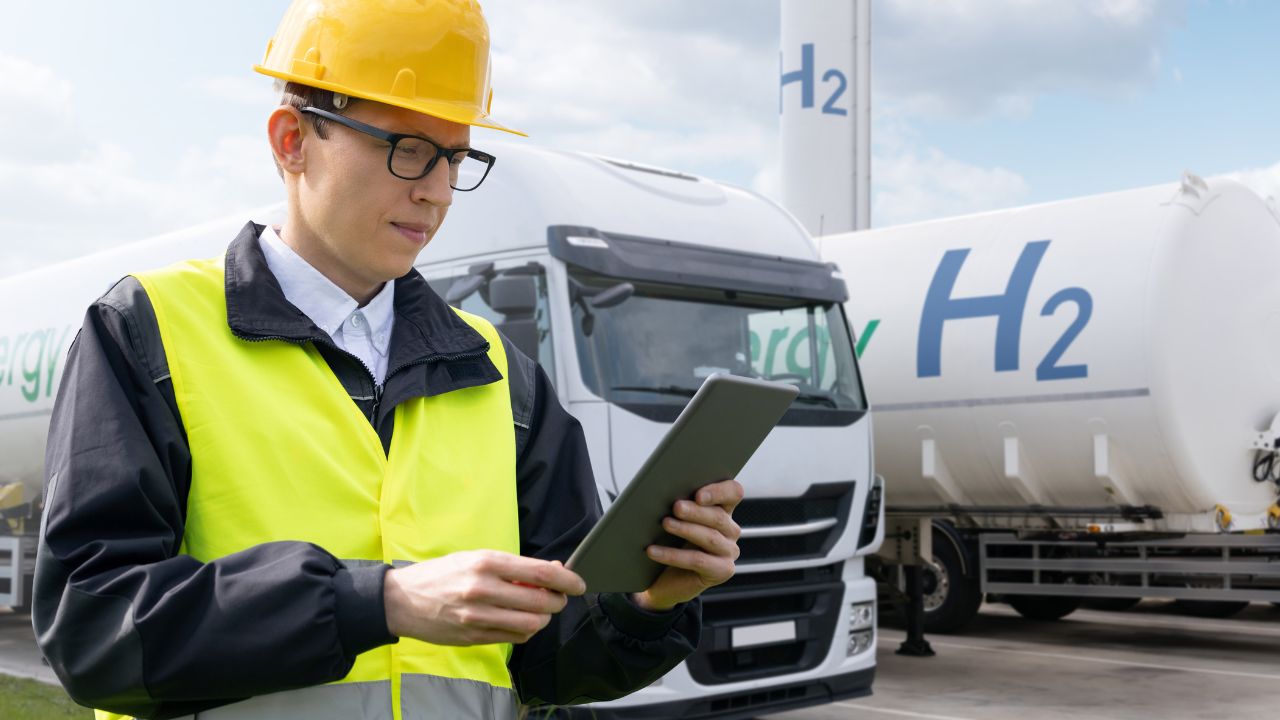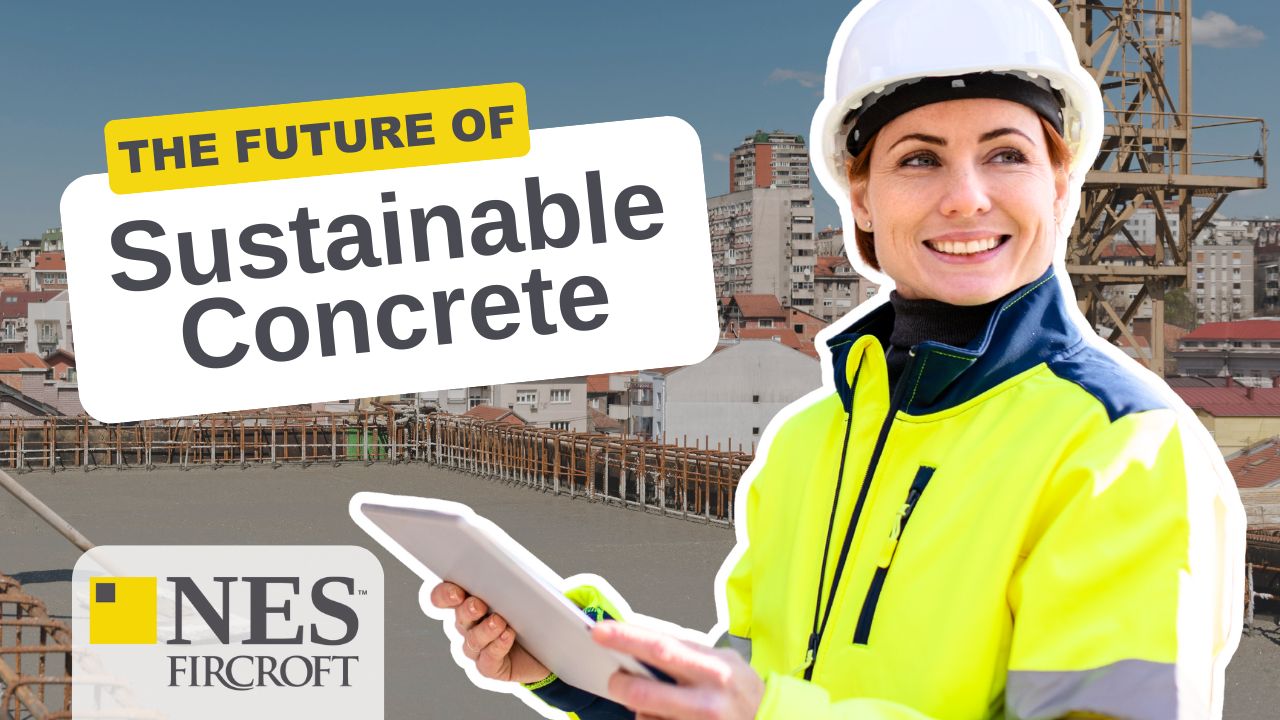
Carbon Capture Projects Happening In 2022
08 Jun, 20224:25Carbon Capture, Utilisation, and Storage (CCUS) has gained much attention in recent years. I...

Carbon Capture, Utilisation, and Storage (CCUS) has gained much attention in recent years. It is seen by many as one of the key solutions to mitigating the emissions of industrial sectors which are hard to decarbonise due to their high energy reliance.
CCUS technologies can capture more than 90% of carbon dioxide (CO2) emissions from power plants and industrial facilities.
So, here are a few major carbon capture projects happening around the world in 2022.
Acorn CCS Project – Scotland
The Acorn CCS Project is located at the St Fergus gas terminal in Aberdeenshire, Scotland, where it can best make use of existing Oil and Gas infrastructure and pipelines whilst making the most of Scotland’s advantageous geology for CO2 storage.
Some of the companies invested in the project include Storegga, Shell, and Harbour Energy. The project is led by Storegga (originally Pale Blue Dot Energy Limited) and has Shell as the Technical Developer.
The project presents a low-cost, minimum viable, full chain, integrated industrial CCS site mainly based on the re-use of existing assets, from which a larger network can be developed. The existing Goldeneye pipeline will be able to transport the carbon dioxide captured from the gas processing unit at the St Fergus gas terminal and transport it directly to the Acorn CO2 Storage Site.
The initial phase of the project, which will capture about 0.3 mtpa of CO2 per year, is expected to be completed by the mid-2020s. It will establish the necessary transport and storage infrastructure to then expand the Acorn site further. This will involve a hydrogen facility and the import structures at St Fergus for CO2 from ships at Peterhead Port and Scotland’s industrial Central Belt.
The Acorn Project has been selected as a European Project of Common Interest (PCI), as it represents a significant step forward for cleaner energy in the country and areas where CO2 capture and storage isn’t possible, whilst sustaining jobs.
Polaris CCS Project – Canada
Shell announced its Polaris CCS Project in July 2021. The large-scale carbon capture and storage project, located in Alberta, has the potential to store up to 300 mtpa over its lifetime.
The plant is set to capture CO2 emissions from Shell’s company’s Scotford refinery and chemicals plant. The Carbon dioxide will then be injected two kilometres underground in storage wells about 12 kilometres away near Josephburg, Alberta.
These storage wells, the Basal Cambrian Sands, are already storing the emissions for the Quest CCS facility.
The initial phase of the project will involve capturing 0.75 mtpa of CO2, reducing Shell’s direct and indirect GHG emissions from its refinery by up to 40% and its chemicals plant by up to 30%. Then there will be the potential for a second expansion phase in which Shell would build a carbon dioxide hub for Alberta.
Shell will offer to store the HGH emissions from other businesses. This second phase of the Polaris project could bring the overall capacity for the development up to 10 mtpa.
Susannah Pierce, President of Shell Canada, stated
‘Our plans for Scotford are in line with Shell’s target to become a net-zero emissions energy business by 2050, in step with society. […] Polaris would also make a significant contribution to Shell’s aim to have access to an additional 25 million tonnes a year of CCS capacity by 2035.’
A Final Investment Decision (FID) for the project is expected to be reached by 2023 and it should be operational by 2025.
Abu Dhabi CCS Phase 2 – UAE
The Abu Dhabi CCS Phase 2 project, run by the Abu Dhabi National Oil Company (ADNOC), is currently in advanced development. The project is the second CCUS project happening in the United Arab Emirates.
The site is projected to capture between 1.9 and 2.3 mtpa of carbon dioxide from ADNOC’s Habshan-Bab gas processing plant (1.9mtpa) and/or its Shah Sour Gas Plant (potential to capture 2.3mtpa) for Enhanced Oil Recovery (EOR). The company has not yet clarified whether it will be developing the project for both locations or just one of the two.
The first phase of the project, known as the Al Reyadah, started operation in 2016 and was launched as a joint venture between Masdar (49%) and ADNOC (51%). The facility currently has the capacity to capture 0.8 mtpa of CO2 from the Emirates Steel Industries steel plant in Mussafah, Abu Dhabi.
Al Reyadah captures 90% of the carbon dioxide produced by the steel plant, which it then compresses, dehydrates, and pumps through a 42km pipeline to then inject in the Rumaitha and Bab onshore oil fields. These two fields are operated by ADNOC for its onshore oil operations.
The carbon dioxide captured by the Abu Dhabi CCS Phase 2 project will be injected into the same fields and it’s expected to be operational by the beginning of 2025.
Antwerp@C – Belgium
The Antwerp@C project is being launched by the Port of Antwerp, in consortium with seven major energy and chemical companies. The seven companies are Air Liquide, BASF, Borealis, ExxonMobil, INEOS, Fluxys, and TotalEnergies.
The aim of the project will be to drastically curtail the carbon dioxide emissions from the industrial cluster in the Port of Antwerp, Belgium. The project could reduce CO2 emissions (which reached 18.65 million tonnes in 2017) for the port by half between now and 2030 through the creation of a common CO2 infrastructure.
The project will establish the basis for future CCUS activities in the area. As stated by Annick De Ridder, the alderman for the Antwerp port,
“This project demonstrates our capabilities for technological progress are closely tied to the future of our climate. If we as the second-largest port in Europe can contribute towards saving up to half of our CO2 emissions, this will open up countless opportunities for sustainable growth in our industry and our prosperity. By taking on this pioneering role we aim to be an inspiration for the entire port community.”
The first phase of the project will involve building a central backbone through the port of Antwerp running along the industrial zones on both banks of the Scheldt. It will also include the construction of a CO2 liquefaction unit with interim storage and maritime loading facilities for cross-border shipping.
Engineering studies are already underway and a Final Investment Decision for the first phase of the project is expected for the end of 2022.
NES Fircroft and supporting the Alternative Energy sector
NES Fircroft has extensive experience with the energy industry, spanning more than 50 years. During that time, we’ve supported thousands of innovative and cutting-edge projects as they powered the progression of the energy industry.
We understand that the industry is evolving, and the new generation of engineers need to be mobile, innovative, technology-focused and work across an organisation to ensure that knowledge is shared, and competitive advantage is gained.
The energy landscape of today is decarbonising, with once deemed "futuristic solutions" now becoming mainstream use. We will support your business through this energy transition.
If you are looking for an opportunity within Alternative Energy, check out our latest opportunities.
Need any help with your next Alternative Energy project? Find out how we can help you and get in touch.








